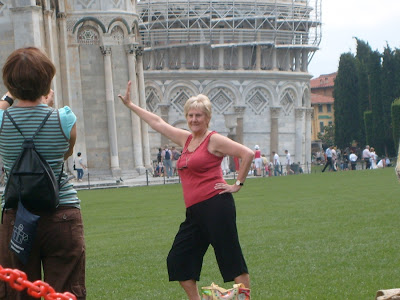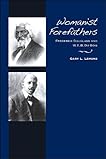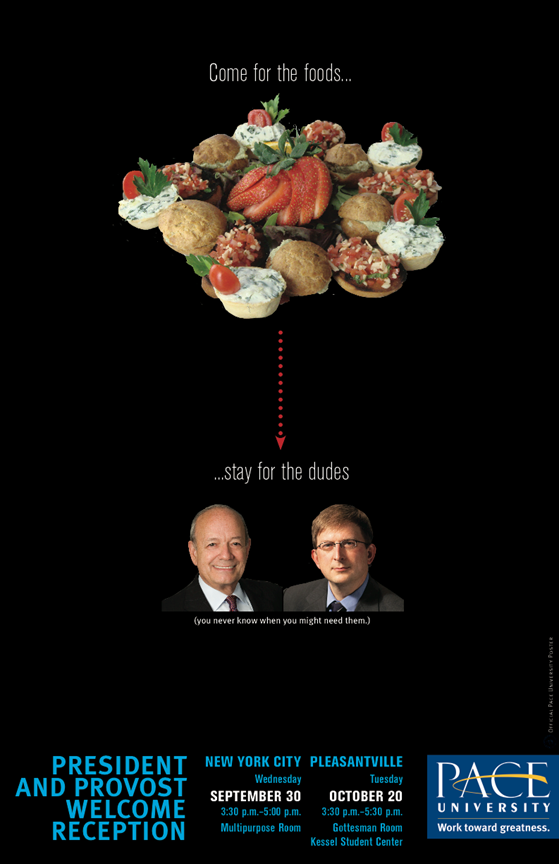Brian Leiter conducted a poll regarding the Top Law Faculties for Intellectual Property and Cyberspace Law. The results give a window into the subject specific gender balance at each of the “Top 24” schools. There were 95 men and 45 women listed in total, a few of whom may be “bolstering” the numbers:
1. Berkeley is evenly split between women and men: Amy Kapczynski, Peter Menell, Robert Merges, Pamela Samuelson, Suzanne Scotchmer, Paul Schwartz, Talha Syed, and Molly Van Houweling.
2. Harvard has zero women: Yochai Benkler, William Fisher III, Jack Goldsmith, Lawrence Lessig, Charles Nesson, John Palfrey, Ben Roin, Henry E. Smith, and Jonathan Zittrain.
3. Stanford lists Paul Goldstein, Mark Lemley, and Barbara van Schewick. Okay, one woman out of three is respectable, assuming she is tenure track.
4. Columbia has two women: Harold Edgar, Jane Ginsburg, C. Scott Hemphill, Clarissa Long, Eben Moglen, and Timothy Wu.
5. NYU has a majority of women: Amy Adler, Barton Beebe, Rochelle Dreyfuss, Harry First, Eleanor Fox, Florencia Marotta-Wurgler, Katherine Strandburg, and Diane Zimmerman. Two of the listed women don’t seem to squarely teach or write in IP or Cyberspace Law most of the time, though.
6. Michigan has a majority of women: Daniel Crane, Susan Crawford (on leave in gov’t service), Rebecca Eisenberg, Jessica Litman, and Margaret Jane Radin.
7. George Washington lists three women and nine men: Michael Abramowicz, Martin J. Adelman, Robert Brauneis, John F. Duffy, Orin Kerr, F. Scott Kieff, Dawn Nunziato, Joan Schaffner, Roger Schechter, Jonathan R. Siegel, Daniel Solove, and Sonia M. Suter. But the web pages for two of the women do not make them sound like they are significantly involved in IP or Cyberspace Law.
8. Georgetown has two women: Julie Cohen, Michael Gottesmann, Robert Pitofsky, Howard Shelanski, John R. Thomas, and Rebecca Tushnet.
9. UCLA lists one woman: Mark Grady, Jerry Kang, Douglas Lichtman, Stephen R. Munzer, Neil Netanel, Kal Raustiala, Seana Shiffrin, and Eugene Volokh. I don’t think of Shiffrin as primarily an IP or Cyberspace Law person but her faculty web page does say: “Her research addresses issues in contracts, freedom of speech, constitutional law, intellectual property, criminal law, torts and family law.”
10. Duke has one woman: Stuart Benjamin, Jamie Boyle, David Lange, Arti Rai, and Jerome Reichman.
11. Virginia lists two women: Margo Bagley, Lillian BeVier, Edmund Kitch, Thomas Nachbar, Dotan Oliar, Christopher Sprigman, Siva Vaidhyanathan (part-time) (I don’t generally think of Siva as a law professor but he certainly writes and teaches in the area.)
12. Penn has zero women: Shyamkrishna Balganesh, Seth Kreimer, Gideon Parchomovsky (part-time), R. Polk Wagner, and Christopher S. Yoo.
13. Boston University has more women than men: Stacey Dogan, Wendy Gordon, Michael Meurer, Maureen O’Rourke.
14. Chicago has zero women: William Landes (part-time), Jonathan Masur, Randal Picker, and Lior Strahilevitz.
15. UC Irvine has zero women: Dan Burk, Christopher Leslie, and R. Anthony Reese.
16. UC Davis has two women: Keith Aoki, Anupam Chander, Leslie Kurtz, Peter Lee, and Madhavi Sunder.
17. Fordham has two women: Jeanne Fromer, Hugh Hansen, Sonia Katyal, Mark Patterson, and Joel Reidenberg.
18. NYLS has two women: Richard Chused, James Grimmelmann, Dan Hunter, Molly Beutz Land, Beth Noveck (on leave in gov’t service), Rudolph Peritz, and Richard Sherwin.
19. George Mason has one woman: Laura Bradford, Tun-Jen (T.J.) Chiang, Thomas Hazlett, Bruce Kobayashi, Adam Mossoff, Chris Newman, and Samson Vermont.
20. Minnesota has one woman: Thomas Cotter, Dan Gifford, William McGeveran, and Ruth Okediji.
21. Texas has zero women: Robert G. Bone, Oren Bracha, John M. Golden.
22. Northwestern lists two women: Olufunmilayo Arewa, David Dana, Peter DiCola, Clinton Francis, Tonja Jacobi, James B. Speta, and Emerson Tiller. But one of them does not seem to be primarily invlved with IP or Cyberspace Law.
23. DePaul has a majority of women: Patricia Gerstenblith, Roberta Kwall, Maggie Livingston, and Matthew Sag.
24. Maryland has an even split: Danielle Citron, Leslie Meltzer Henry, William Reynolds, and Lawrence Sung.
So five of the Top 24 don’t have any women teaching and writing primarily in IP and Cyberspace Law: Harvard, Penn, Chicago, Texas and UC Irvine. But the IP/Cyberspace Law faculties of NYU, Michigan, Boston University and DePaul are dominated by women. And Yale isn’t listed at all because it didn’t make the Top 24, but I don’t think YLS has any women IP/Cyberspace Law faculty members, which of course is no surprise.
–Ann Bartow








 Letizia Palumbo is a visiting scholar at Columbia Law School, and a Ph.D. Candidate at the University of Palermo, Department of Politics, Law and Society. This fall at Columbia she is researching the limits of current feminist interpretations of sex-trafficking developed around the “victim” versus “agency” dichotomy.
Letizia Palumbo is a visiting scholar at Columbia Law School, and a Ph.D. Candidate at the University of Palermo, Department of Politics, Law and Society. This fall at Columbia she is researching the limits of current feminist interpretations of sex-trafficking developed around the “victim” versus “agency” dichotomy.

 From
From 







 “Religious Legal Theory: The State of the Field”
“Religious Legal Theory: The State of the Field”
 The image at left is taken from the Northeastern University School of Law publicity that landed today in my faculty mailbox. The text in the tan box in the upper left corner reads, “Faculty and students advocate together for those too-often underrepresented in the justice system.”
The image at left is taken from the Northeastern University School of Law publicity that landed today in my faculty mailbox. The text in the tan box in the upper left corner reads, “Faculty and students advocate together for those too-often underrepresented in the justice system.” 

